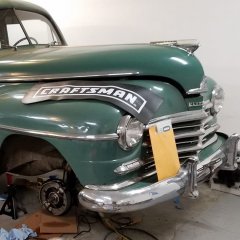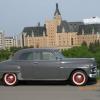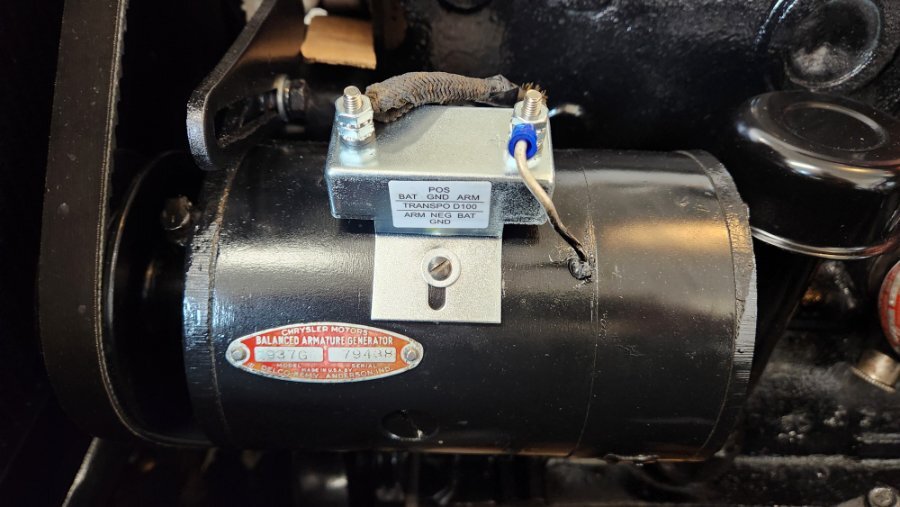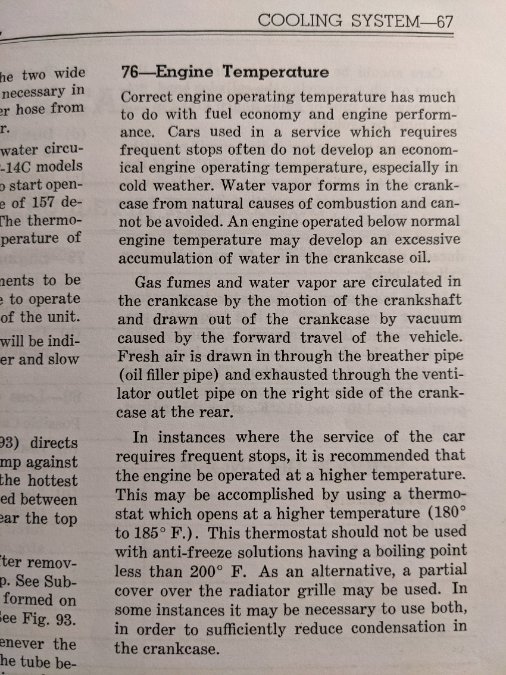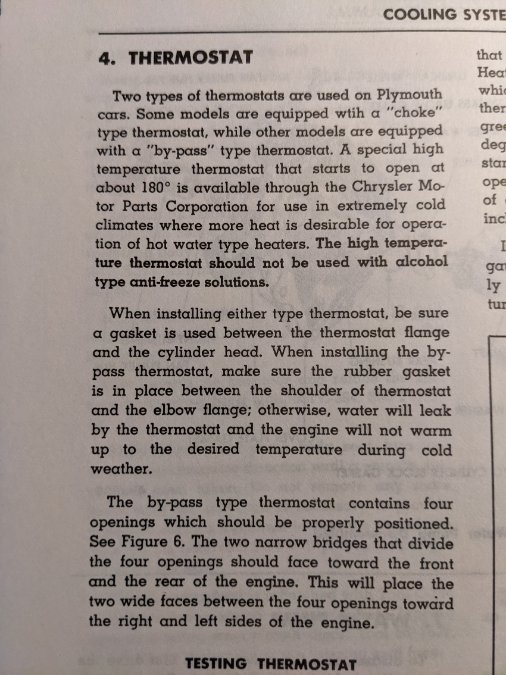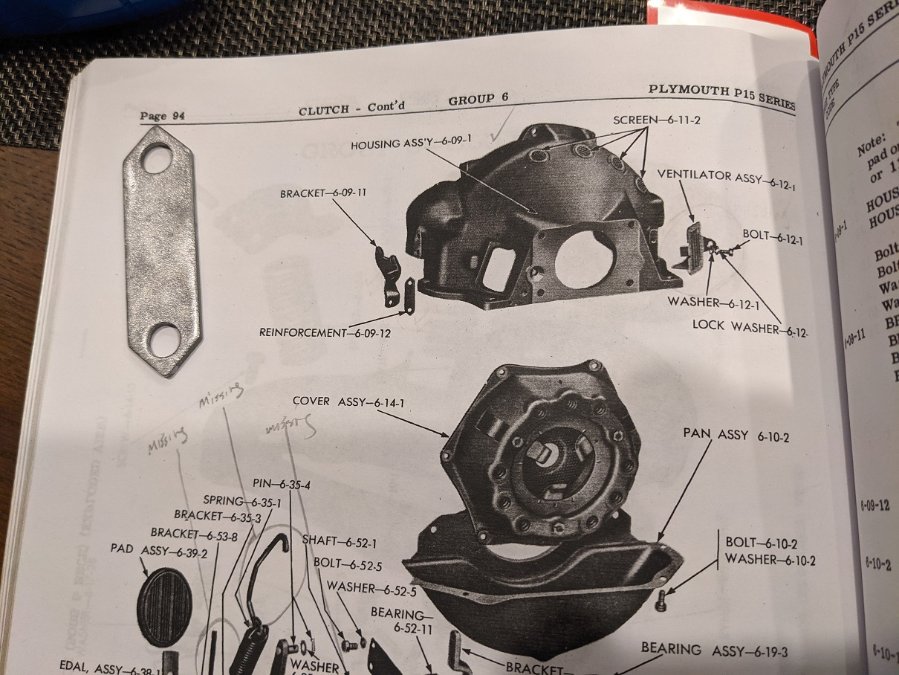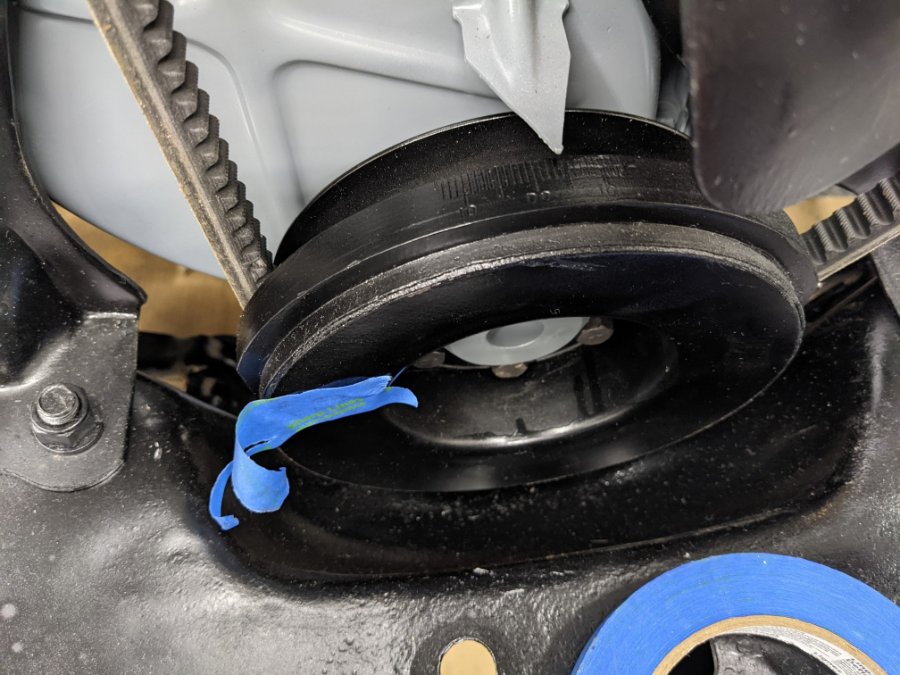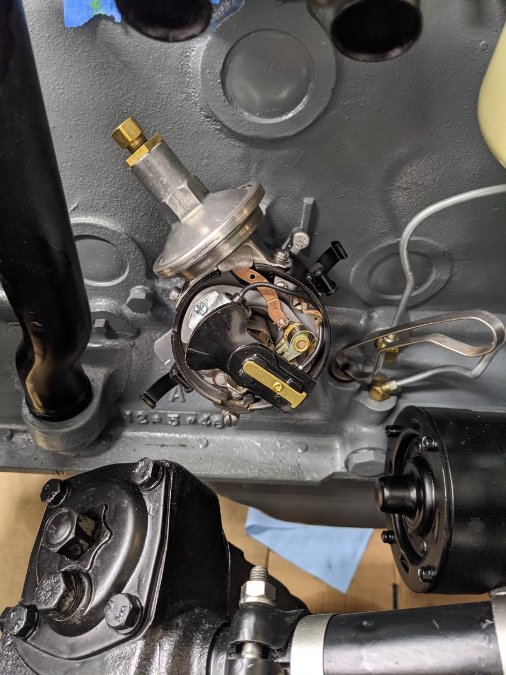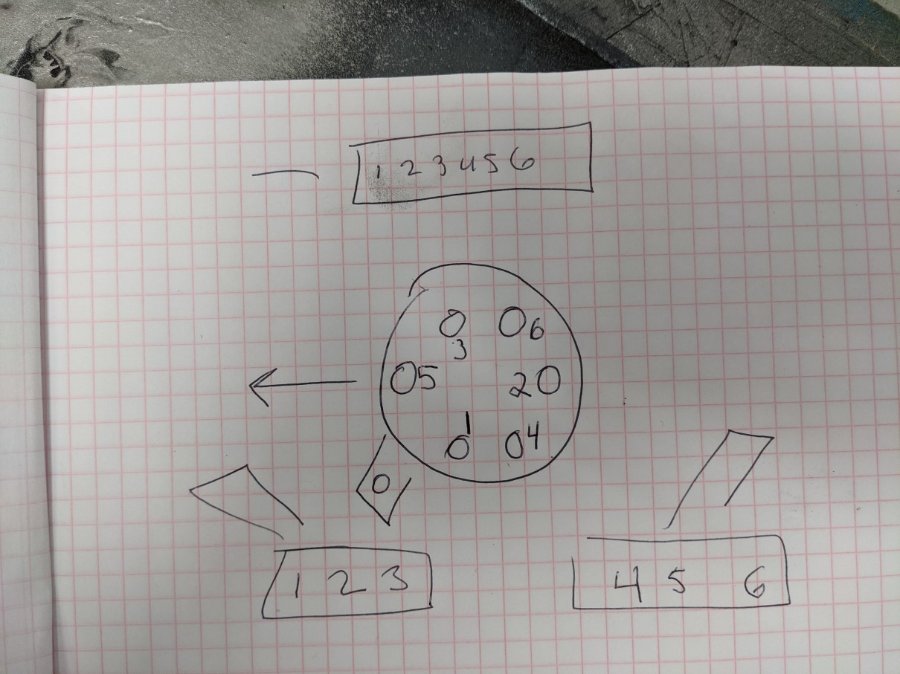-
Posts
144 -
Joined
-
Last visited
-
Days Won
2
Redmond49 last won the day on October 26 2013
Redmond49 had the most liked content!
Reputation
26 ExcellentProfile Information
-
Gender
Male
-
Location
Redmond, WA
-
My Project Cars
'53 Chrysler Windsor club coupe
'49 P-15 Special Deluxe club coupe,
'46 P-15 Deluxe two-door sedan
'34 Standard 6 (PF) two-door sedan
Converted
-
Location
Redmond, WA
-
Interests
Old Plymouths
Recent Profile Visitors
1,301 profile views
-
Thanks for the info - I'll probably give them a call on Tuesday to verify in case there is a warranty issue on the work.
-
Romaine Electric in Kent, WA. They rebuild starters, generators, alternators, etc. as a mainline business and I've had several rebuilt there over the years; I don't think they polarize the units as this occurred with one other unit they rebuilt for me. I guess I can call to verify on Tuesday. The generator isn't charging, so my first thought is this would be the first troubleshooting step.
-
I'm wondering if anyone has information about how to polarize a rebuilt generator on a '34 Plymouth? I know how to do this on a car with a three-post voltage regulator, but the '34 doesn't seem to have that and there is only a very vague line in the manual about a process that sounds like it is polarizing the gen. It looks like the silver box on top of the generator serves a similar purpose to the voltage regulator but not sure how to proceed. I've looked through several of the existing topics on polarizing generators but they don't seem to address the earlier cars. Any help would be appreciated!
-
The posts about using JB Weld to hold the cam lever pin in place are timely, my fuel pump failed yesterday on a club drive, and this is what I found this morning when I crawled under the car. I'm JB welding it back in place.
-
These guys make some very nice quality LEDs for the back of the P15s, complete with new chrome. I have them running on one of my P15s. The LEDs look a little out of place but they are nice and bright and the chrome surrounds are top notch. Technostalgia :: Plymouth LED Tail Lights (cool-leds.com)
-
Leveraging this older thread for a closely related question - my speedometer is making loud noises and is actually vibrating the other gauges in the cluster, so it seems pretty unhappy. I was going to remove it to send to the speedo shop mentioned earlier in this thread. Is the right way to remove the speedometer to remove the entire instrument panel, or do you unscrew just the panel behind the speedo? There's a lot of stiff old wiring up there so it looks like fun either way ?
-
I have both the service manuals that apply to the P15s. The early service manual for the 1942 through early 1949 models says to run the warmer thermostat in cases where you are making a lot of stops in the driving of the vehicle. The later guidance, from the 1953 service manual for the 1946 to 1954 cars, eliminates that guidance completely and specifies the higher temp thermostat specifically for **extremely** cold climates when extra heat is desired. (I'm thinking places like Fairbanks, Alaska and other places where it can be below zero for weeks on end). Their "best practice" guidance seems to have evolved over that 15 year period. In both cases, I think it's worth noting that the point of reference is the 160 degree thermostat.
-
Hi, Here's the follow-up, it's been an interesting learning experience. The repair manual says thermostats are supposed to open and close within a few degrees of the stamped temperature. I bought this car (46 Plymouth) going on 4 years ago now. It ran but overheated right off the bat. To start off, I had the radiator re-cored, installed a new water pump, new hoses, pulled the distribution tube, and flushed the block. Then I installed a new 160 degree NOS thermostat. The engine overheated anyway. I hadn't tested the new NOS thermostat before I put it in (oops), so when I pulled the cooling system apart again, I did. The NOS thermostat didn't open at all, so I threw it away and tested the original one, which seemed to open and close nicely at 160 degrees. In the end, it turned out the engine needed a complete rebuild, so fast forward to this spring. When I assembled the cooling system on the newly rebuilt motor, I kept the original 160 thermostat. While the engine no longer overheated, it did run around 175 degrees based on the gauge and thermometer readings, and the head had surface temps quite a bit warmer than my other flathead Plymouth (a 49 with a 51/52 Dodge truck block in it). The temp gauge was somewhat active between 160 and 175 but mostly on the high side. Since the thermostat was the only thing I hadn't changed out in the cooling system, I decided to try a new one. I bought the "Premium Quality" Murray Plus thermostat that O'Reilly's website indicates is right for these cars. Even though it's in a Murray box, it is stamped MotoRad, so I assume it's sold under several brands. I tested it in the stove pot, and even though it's stamped and sold as a 160 degree thermostat, it opened around 175 degrees and closed around 160. I installed it anyway just to see how it would behave in the system. The car heated up to 175, then it opened and the temp gauge dropped to 160 for a moment then it started to climb back up. With this Murray thermostat, once past the initial opening of the unit, the car seemed to run at a steady and consistent 175 degrees. A buddy mentioned that he had a lot of issues like this with thermostats for his GTO, and he pointed me to the Holley/Mr Gasket thermostats. I found this one with the right diameter and profile - it's not listed for flathead sixes, but I thought I'd try it out: Mr. Gasket 4366 Mr. Gasket High Performance / High Flow Thermostat - 160 Degree (holley.com) In the test pot, it opened promptly at 160 and stayed open to about 150. When I put it in the car, it took care of the running-warm problem and now the temps and patterns I see on the gauge are exactly what I see on my other car. If it's cool outside, the car runs consistently at 160, on warmer days a bit above that but not up to the 170-175 mark. So it only took 4 thermostats and some persistence to get to the one that works.
-
Never mind, the repair manual answered this question, at least for the OEM design.
-
I bought a new thermostat and then tested it against a thermometer in hot water. Even though it is stamped as a 160 degree thermostat, it doesn't actually open until about 175 degrees. Then, as the water cools, it does seem to close up at closer to 160. It's a Murray branded item per the box, but stamped MotoRad. Is the behavior of this thermostat the expected behavior? I expected it to open at 160.
-
OK, I was afraid that's where it was supposed to go!
-
Is the picture in the parts book saying that this "reinforcement" goes between the clutch housing bracket and the body of the bell housing? This seems odd to me, since I did not take the bell housing off the motor when I took it to the rebuilder, yet I have this loose "reinforcement" piece. Any pointers on this?
-
@squirebill That's what I ended up doing, the slot on the pump is indeed horizontal and it set the distributor just before post #1 at 7 o'clock. Thanks for the help!
-
@maok The rebuilder installed it. @squirebill Thanks for the detailed steps, that makes sense.
-
I'm putting my distributor back in after a complete engine rebuild. The harmonic balancer markings show I'm pretty close to dead center, and the bolt holes only allowed the balancer to be installed one way. That makes the distributor tuck into the slot at about 4 o'clock. The drawing is how my other car's distributor cap is set up. Is this all in the right place? I seem to be a long way away from 7 o'clock on the distributor but pretty close on the harmonic balancer.


